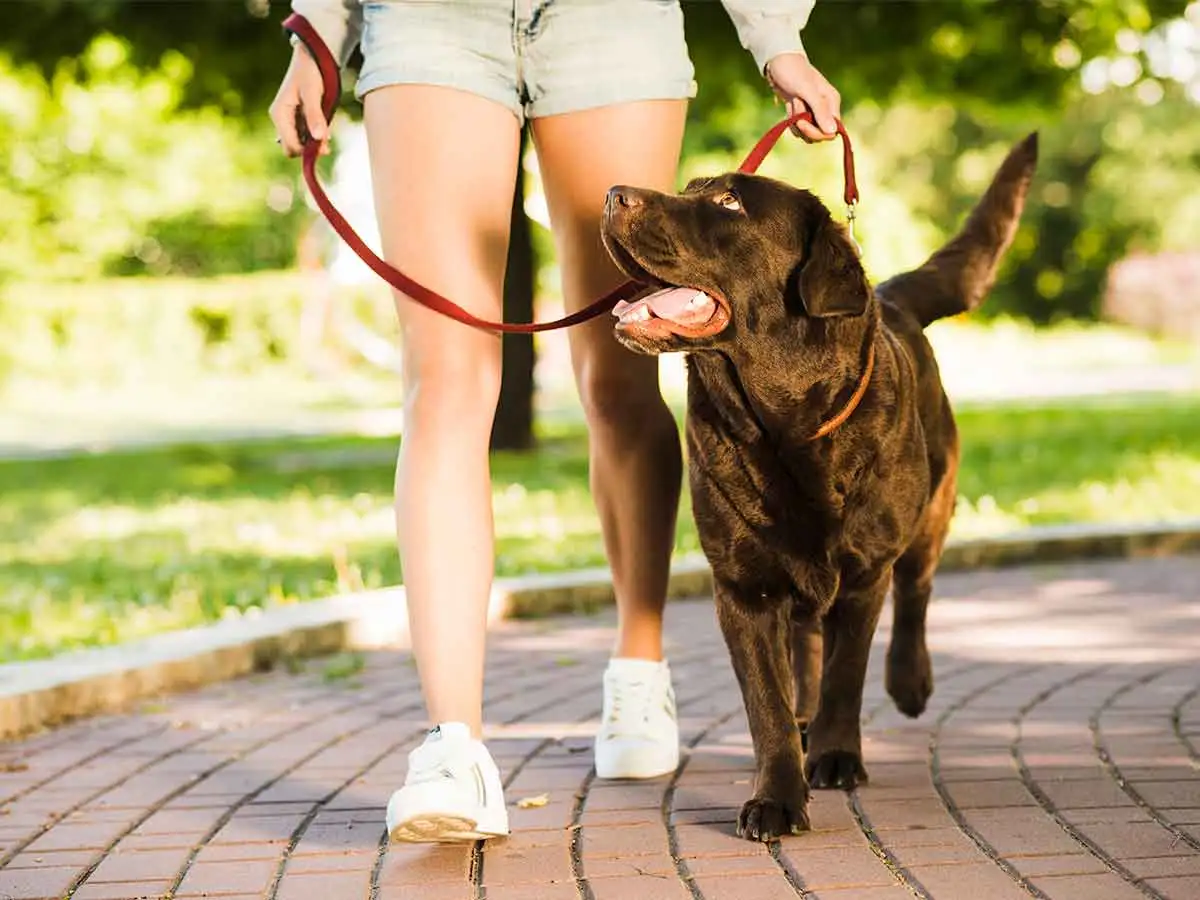
WOLVES AND DOGS
33SHARES372VIEWSShare on TwitterShare on Facebook Whether your dog is a

Whether your dog is a Dachshund, Border Collie or Alaskan Malamute, she is related to the wolf family. Dog breeds evolved in the last one and two thousand years, with the vast majority arising in the past 100 to 200 years, says Dr. Angela Hughes, veterinary genetics research manager at Wisdom Health, the producer of Wisdom Panel dog DNA tests.
Scientists estimated between 15 and 40 thousand years ago, dogs broke off from wolves. This evolution occurred as a result of association with human tribes. Over many generations it is thought that these animals became domesticated, learned to read human cues, and developed more intimate relationships with humans even becoming guardians and companions.
Wolves and dogs belong to the species called, CANIS LUPUS. They shared more than 99% of their DNA, and while it doesn’t happen very often, they can technically interbreed, according to Dr. Hughes.
Less than 1% may not seem like a lot, but it’s enough to create significant differences between dogs and wolves. Given the great varieties in dog breeds, the following are generalizations.
1. WOLVES MATURES FASTER THAN DOGS: Studies comparing the ability of dogs and wolves shows that wolf pups can solve puzzles at a much younger age. Both wolf and domestic dog pups are weaned at about 8 weeks. Yet, wild wolf puppies mature much faster than domestic dogs, says Regina Mossotti, Director of Animal Care and Conservation at Endangered Wolf Center in Eureka, Missouri.
Experts said wolves will be a good companion for about six months, at which point they can become hard to handle. Wolf and wolf-dog sanctuaries say they regularly get cells when the animal reaches sexual maturity.
2. WOLVES AND DOGS BREED DIFFERENTLY: Wolf and dog mothers care for their pups and nurtures them too, dogs care for their young without the father playing his part, while wolf packs are made up of a mother and a father and their offspring.
Dogs don’t form familial groups in the same manner as wolves. Dogs breed several times throughout the year, wolves breed once a year, and they also have a rigid breeding season that occurs from February through to March, with pups being born in April and May.
3. WOLVES ARE STRONGER THAN DOGS: In a study, dogs and wolves had to work together to solve a puzzle in order to get a treat. They had to pull a rope at the same exact time in order for the tray to slide in and give them foods. The wolves figured it out quickly, the dogs never really figured out the problem until they had a human teach them that they need to pull the rope. Even more fascinating was when the tester made the puzzle more challenging, the wolves still succeeded. The wolf would wait until the wolf was let into the experiment, so they could get the treat together.
Looking at problem-solving abilities in wolves and dogs shows that when a problem becomes more difficult, dogs will eventually quit, says Proulx. Dogs look for a person to figure out and fix things for them while wolf will try to figure it out themselves.
4. WOLVES ARE SHY; DOGS ARE NOT: Wolfs-dogs are little of both. If you combine strength, intelligence and wildness of a wolf, and combine it with lack of fear that dogs have, that could be a pretty serious situation.
Despite being portrayed in some outlets as vicious, experts say that wolves are actually shy and will avoid people. It’s also incredibly rare that a wolf will attack a person.
5. WOLF NUTRITION VS DOG NUTRITION: Dogs are omnivores who evolved to eat what we eat. In contrast, a wolf GI system can process raw meats and can go longer without meals, and absorb nutrients in a different manner than that of a domestic dog.
A domestic dog being fed wolf kibble would probably get sick and have diarrhea because of the high level of protein.
Wolves are true carnivores animal but will sometimes eat plants, they also eat more than dogs do.
6. PHYSICAL CHARACTERISTICS: Dogs have relatively smaller skulls with varying muzzles, physically smaller brains, smaller teeth brains require less calories for dogs to survive. The paw of a dog s half the size of that of a wolf, and some dog’s tails curl upwards, unlike the wolves.
Dog teeth have less complicated cusp patterns and a much smaller tympanic bulla as compared to wolves.
Wolves have larger, broader skulls with a longer muzzle, physically larger brains, larger teeth and legs. They have a narrow chest with forelegs pressed into it. Elbows points inward and feet points outwards.
7. FRIENDLINESS: scientists have found some key friendliness gene in dogs that distinguish them from wolves. A study published in July 2017 concluded that there are genetic similarities between domesticated dogs and humans.
The more you explore the differences between the two species, the more it become apparent that they are really not the same. We have breed our house dogs to suite our lifestyles and it is important to remember that they need us and we caring for them. Wolves on the other hands don’t need the care and they are not wired to suite human needs, like companionship and guidance.
More like this
-
The Furry-Free Zone: Exploring Pets Without Fur
 34SHARES375VIEWSShare on TwitterShare on Facebook Hey there, fellow petRead more
34SHARES375VIEWSShare on TwitterShare on Facebook Hey there, fellow petRead more -
Is a Pitbull a Breed?
 Jan 16, 2018 Many people are confused about whether a pitbull is a breed or exacRead more
Jan 16, 2018 Many people are confused about whether a pitbull is a breed or exacRead more -
Over 80 Turtles Rescued from Illegal Sale Now Ready for Better Lives
 Nov 21, 2021 Over 80 Turtles Rescued from Illegal Sale Now Ready for Better LiveRead more
Nov 21, 2021 Over 80 Turtles Rescued from Illegal Sale Now Ready for Better LiveRead more -
Happy Tails: Gigi
 Jun 26, 2023 When Dan and his family moved to Las Vegas, they had no idea how aRead more
Jun 26, 2023 When Dan and his family moved to Las Vegas, they had no idea how aRead more -
Remy has been adopted!
 Oct 14, 2022 Remy Has a Forever Home!Great news! Remy has been adopted! HowRead more
Oct 14, 2022 Remy Has a Forever Home!Great news! Remy has been adopted! HowRead more





